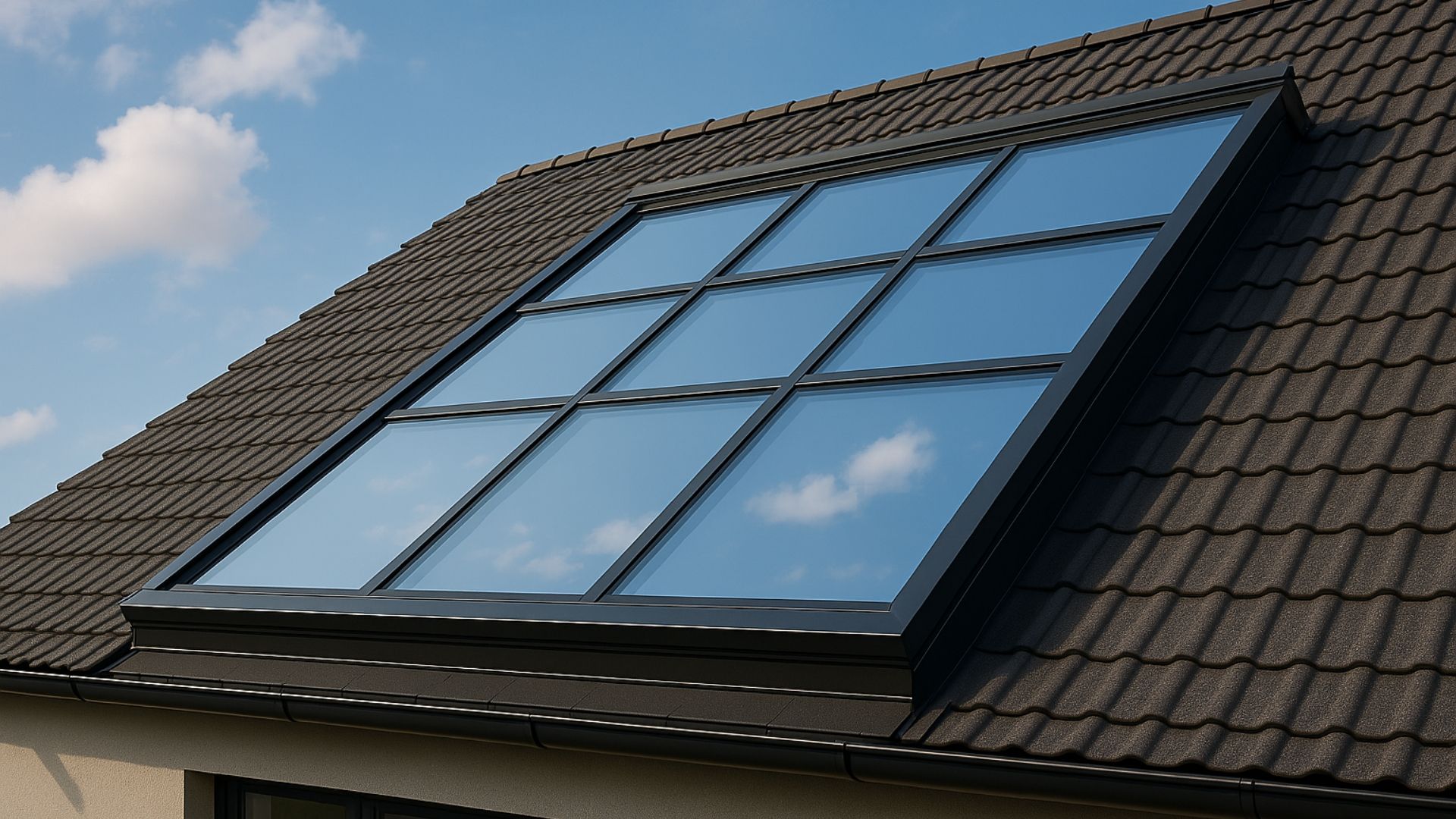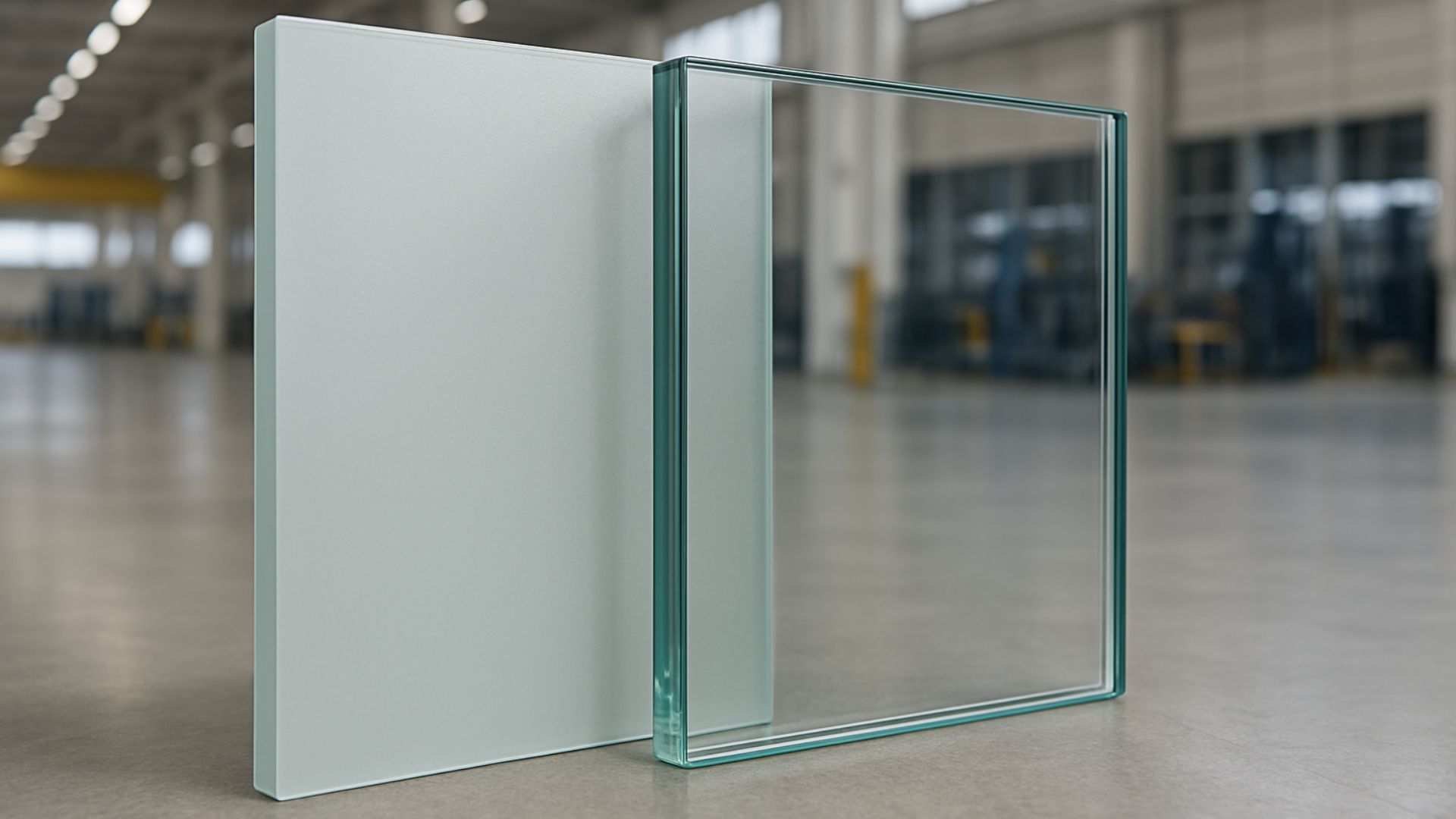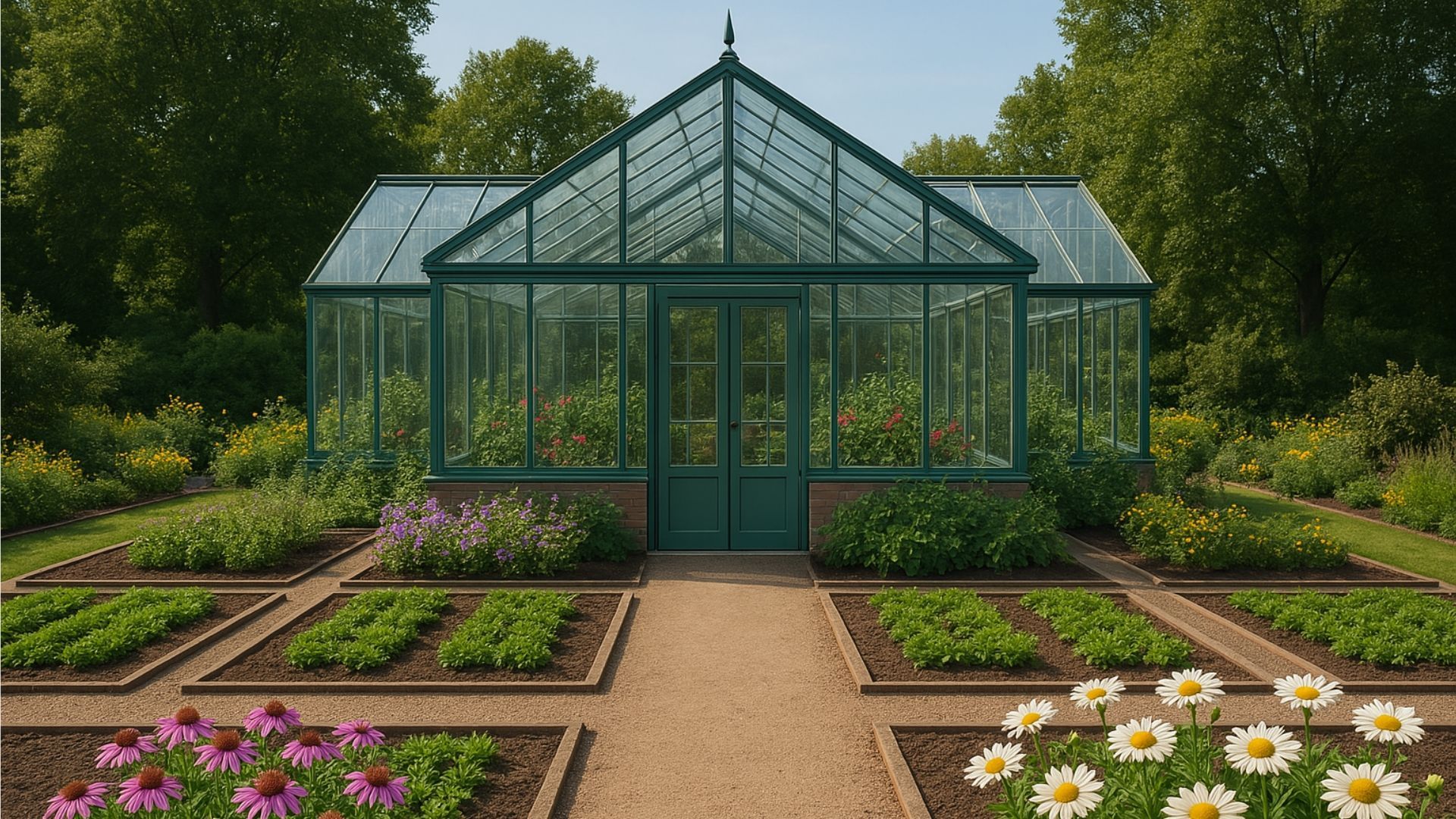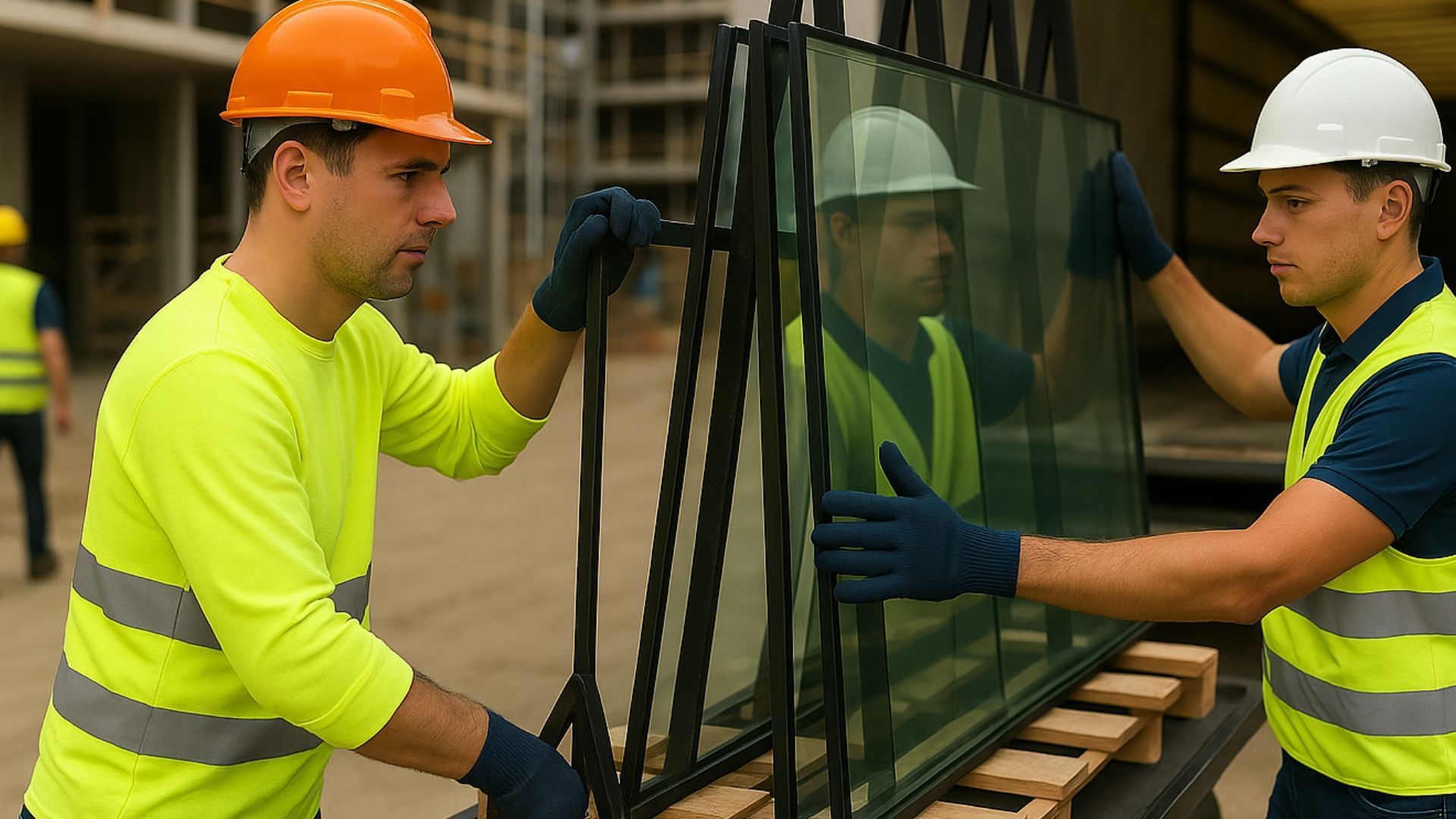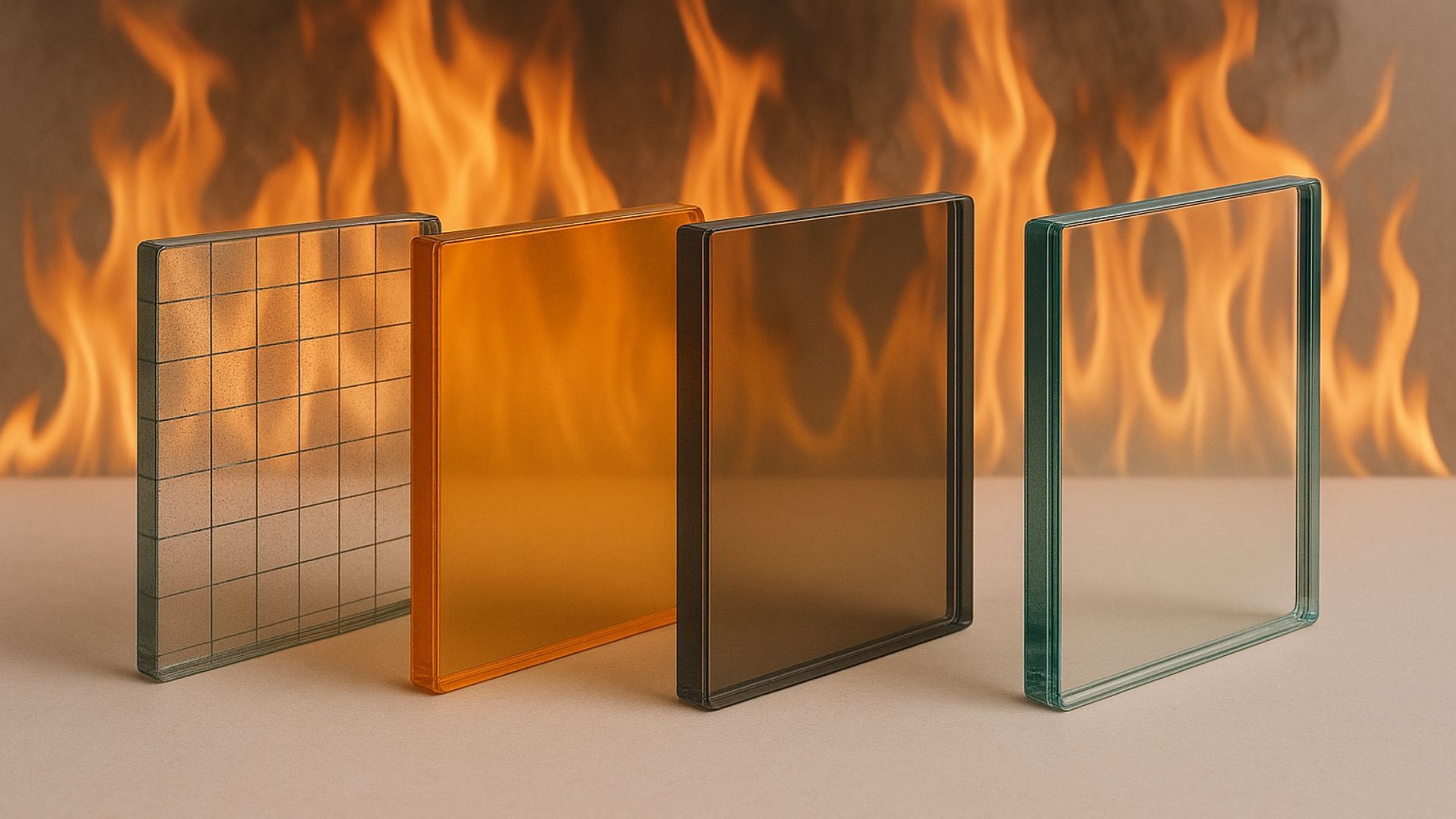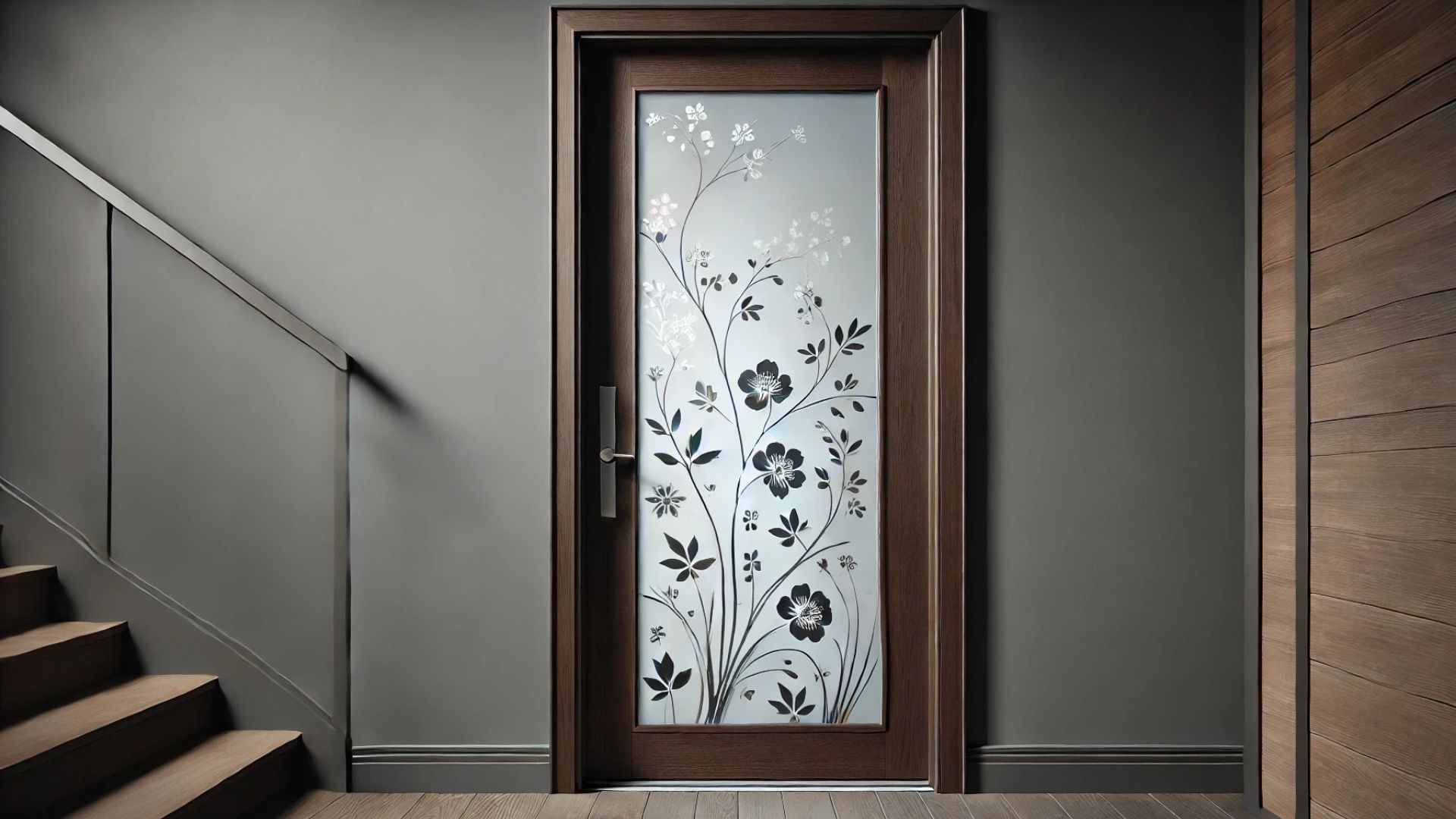
Discover how the interaction of light and glass products can be harnessed in structural glazing projects.
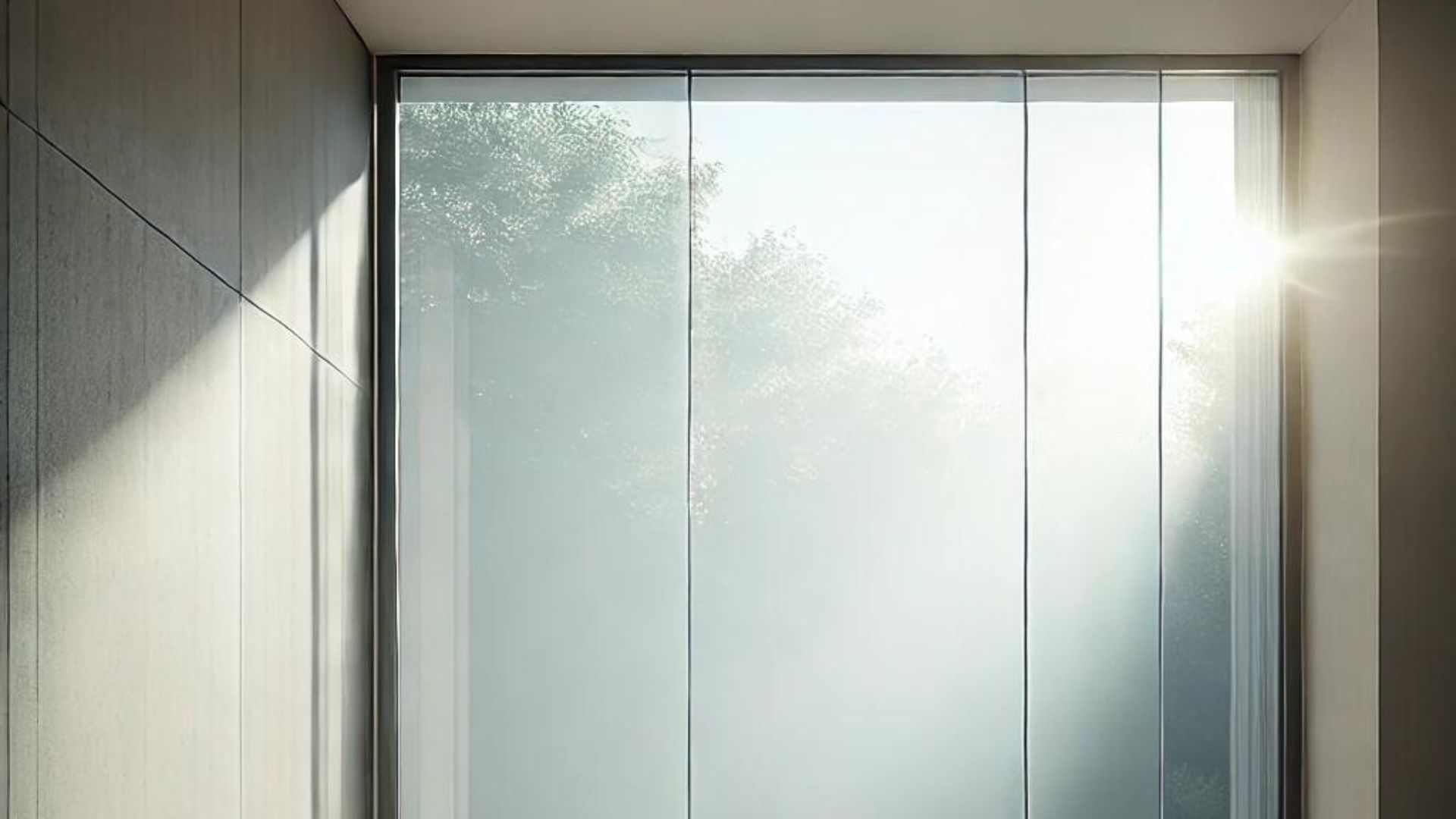
Glass is a material that interacts with its surroundings in fascinating ways. When installing glass, you're not just erecting a barrier. You're also controlling the environment – crucially, the amount of heat and light that pass through the glass.
Where light is concerned, it's not simply a case of blocking out light or letting it through. This is because light behaves in weird ways. It can be reflected, refracted, absorbed, diffracted or scattered.
This behaviour is weird but governed by scientific principles. These principles are manipulated and harnessed by manufacturers and architects to achieve aesthetic effects.
In this article, we break down six key behaviours of light – and how they inform the production and deployment of glass in both domestic and commercial settings.
What is light?
The Sun emits a spectrum of wavelengths known as "electromagnetic radiation". Different wavelengths signify different types of light.
Microwaves and radio waves, for instance, are at the long end of the spectrum, whereas X-rays and ultraviolet (UV) rays have much shorter wavelengths.
Natural light travels from the Sun to Earth. Unlike sound waves, light doesn't need a medium to pass through. Instead, it can travel through the vacuum of space.
When light hits an object, it can behave in different ways. This will depend on the type, shape and composition of the material it comes into contact with.
6 ways that light interacts with glass
Light waves and particles interact with glass in six key ways. These are affected by the type of light that's shone on the glass as well as its chemical composition.
Some of these behaviours are harnessed by glass manufacturers and architects for aesthetic effect. Others are accidents that can either be tolerated or minimised.
1. Transmission
Transmission is when light passes straight through a medium without being reflected, scattered or absorbed. A standard window without any patterning, colouring or finish will allow all light to pass through.
Opaque glass makes the transmission of light impossible, whereas a translucent piece of glass – a frosted shower door, say – will let some light through, but not all.
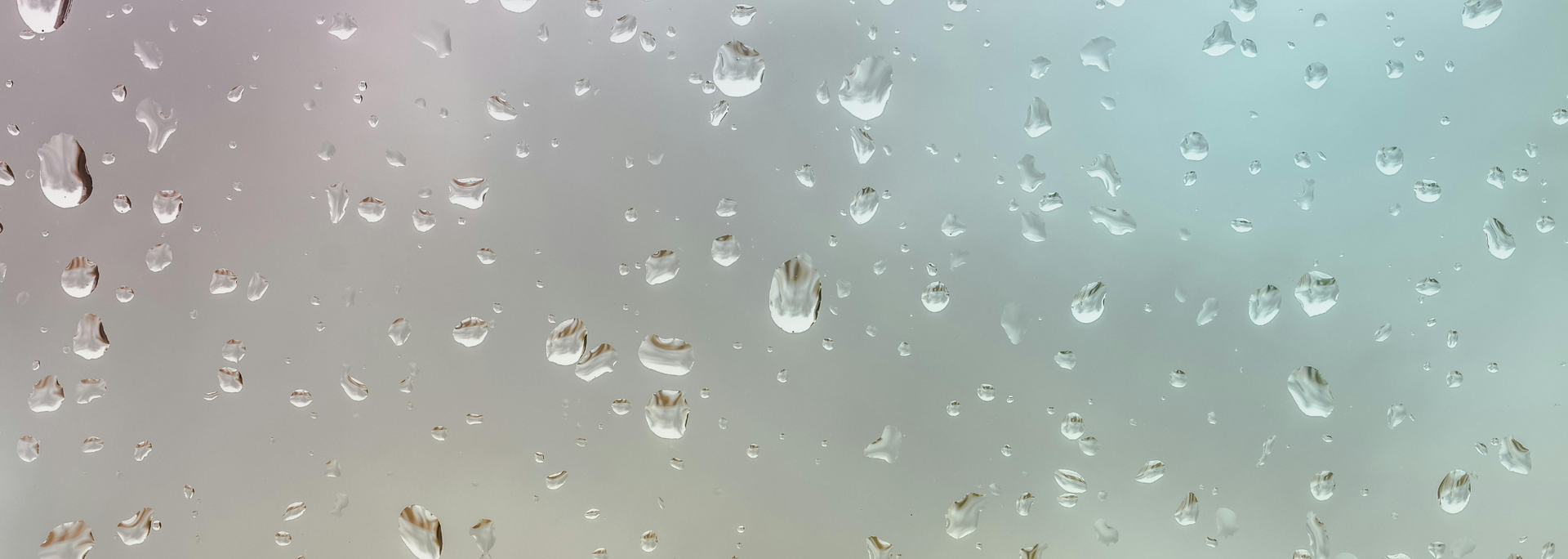
Transmission can be manipulated for aesthetic effect by the inclusion of coloured interlayers in laminated glass or by frosting, tinting and other translucent effects.
Then there's
switchable smart glass, which can switch from transparent to translucent to opaque at the touch of a button.
2. Reflection
Both light and sound reflect off certain materials. In the case of light, smooth surfaces are the most reflective. That's why your perfectly smooth glass mirror shows you a clear image of your face, whereas your reflection is blurry when you look into moving water.
Historically,
mirror glass was produced by polishing glass. Today, it's typically made by applying a reflective coating to glass. When finished, it can be
sandblasted or
digitally printed with designs. These block out some of the reflections without compromising the reflectiveness of the glass as a whole.
3. Refraction
The phrase "the speed of light" might suggest that it always travels at the same speed. In fact, light travels at different speeds through different mediums – and when passing from one medium to another, it usually changes speed.
This bends the light – something that anyone who's stood in front of a stained glass window on a sunny day will have observed.
Refraction has been used in structural glazing. Take Refraction House in Jakarta, Indonesia. This is a "deep-plan building": one where the horizontal distance between walls is much bigger than the vertical distance between floors.
These kinds of buildings are hard to light efficiently. The architects of Refraction House solved this problem by replacing the walls with glass blocks. These refracted natural light into the core of the building.
Refraction House was a large-scale project, but refraction can be used on a smaller scale, too. Eco-friendly houses sometimes feature walls made out of glass bottles and jars. These refract the light more than a traditional window, leading to an attractive play of light and colour.
4. Diffraction
When you shine a light through a prism, it spreads out into the colours of the rainbow. This bending, spreading motion is known as "diffraction".
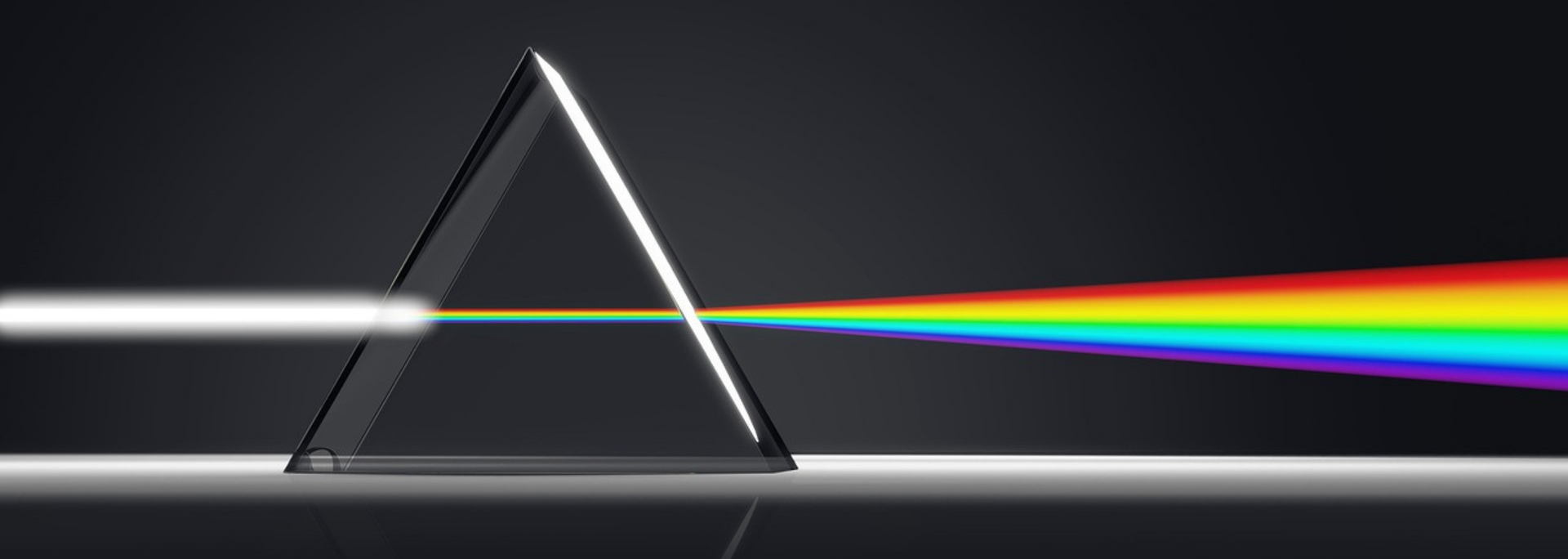
This is a behaviour of light that isn't much used in structural glazing. Rainbows are more of a happy accident when the light hits the glass in a certain way rather than an effect that's deliberately harnessed.
5. Absorption
Unlike heat, light is intangible. If you stand underneath a natural or artificial light source, you might feel its heat – but you won't feel the light itself.
Nevertheless, the language surrounding the movement of light is surprisingly active. Photons hit materials and excite electrons into higher states.
When this happens, the photon doesn't pass through the object. Instead, it's absorbed.
When we manufacture glass, we want as little absorption as possible. Factors such as the thickness of the glass and its chemical composition can increase or decrease the amount of absorption.
These have to be controlled by manufacturers to ensure the intensity of light doesn't decrease on the other side of the glass (unless intentionally as with translucent or opaque types of glass).
6. Scattering
The final way that light interacts with glass is known as "scattering".
When light is reflected, one ray goes in and one goes out. When it's scattered, one ray goes in and many go out.
Most objects in the world are scattering surfaces – everything from your skin to the furniture in your room. Glass, therefore, can scatter light, too.
When you shine a ray of light onto a white plastic screen, say, the ray of light scatters in lots of different angles. This is visible to the human eye from any angle.
With plain glass, however, scattering is only observable when there are defects in the glass.
Are you in the market for high-quality
structural glass solutions? ToughGlaze has the exclusive UK licence for Fischer's secret fix system, which ensures a sleek, modern look with no visible seams.
Get in touch to learn more or request a fast, free quote.
Join Our Newsletter — No Spam, Just Expert Tips and Updates for Your Next Construction Project!


| ToughGlaze LTD
